Source: Little A/New Harvest and TLC Book Tours
Paperback, 192 pages
I am an Amazon Affiliate
Incendiary Girls: Stories by Kodi Scheer (on Kobo) mixes dark humor — really dark humor — with scientific and anatomical knowledge that makes some of these stories even more creepy. Like the title suggests, a spark is lit in each of these stories that leads these protagonists to re-examine their lives, relationships, and their perceptions of reality. From a woman whose Muslim boyfriend turns into a camel to a mother who believes her daughter’s horse is her own mother reincarnated, Scheer expects her readers to be open-minded and willing to think outside the box. While she explores the notion that the body betrays us, she also sneaks in some sly sympathy and humor at our own inevitable fates, which could be missed upon first reading.
“‘Pose for me,’ you say. Not that he’s moving much anyway. Pull out a sketch pad and charcoal, then sit across from him. Forming the shapes first, the underlying structure, is difficult. This body is unfamiliar. A cylinder, no, an oval for the main part. Then there is the question of the hump. Should you add a half sphere on top?
The sketch looks like a cross between a horse and a llama.” (page 70 from “When a Camel Breaks Your Heart”)
Readers will never forget these stories, like the peeling back of skin to reveal muscles in “Gross Anatomy.” But there is more here than the detailed images that will be etched forever in the mind; Scheer raises questions about identity, genetics, family secrets and more. When tragedy strikes, people spend an inordinate amount of time making things as good as they can for their own children while burying the hurt of the past, and there are those that prepare for the worst before it even strikes through a series innocuous habits and rituals.
Incendiary Girls: Stories by Kodi Scheer is a small, powerful collection of short stories that hits like a sucker punch in the gut, leaving readers questioning their own emotions and world views. Like the surgeon cutting along the skin to reveal the muscles below, Scheer sheds light on the disembodiment of humanity by war and science amid the absurdity of our conventional lives. Unsettling, inventive, grotesque, but ever thought-provoking in her use of magical realism. Something readers are unlikely to forget by a young, female Kafka that even Gregor Samsa should fear.

Kodi Scheer teaches writing at the University of Michigan. For her work as a writer-in-residence at the Comprehensive Cancer Center, she was awarded the Dzanc Prize for Excellence in Literary Fiction and Community Service. Her stories have appeared in the Chicago Tribune, the Iowa review, and other publications.
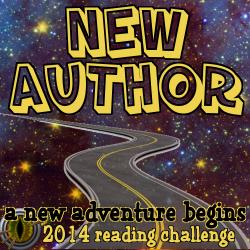


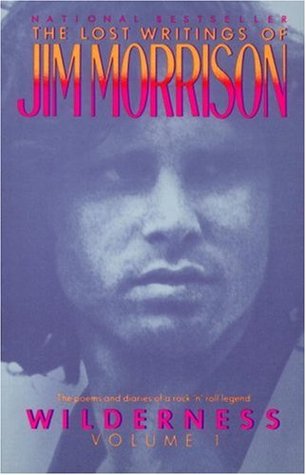

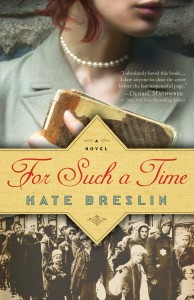
 About the Author:
About the Author:

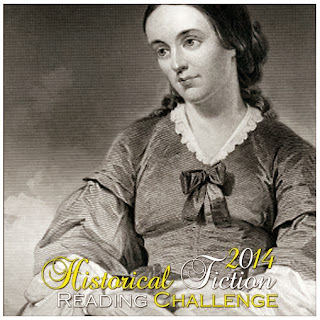


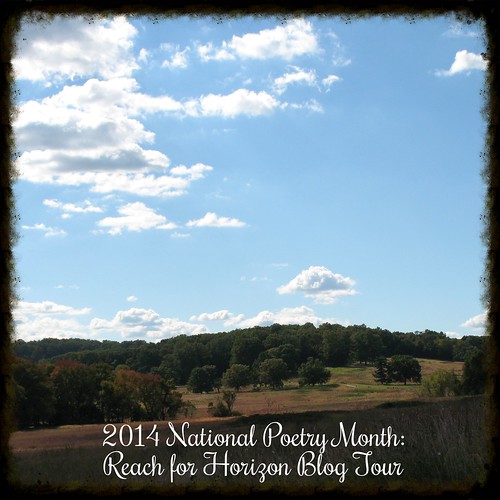


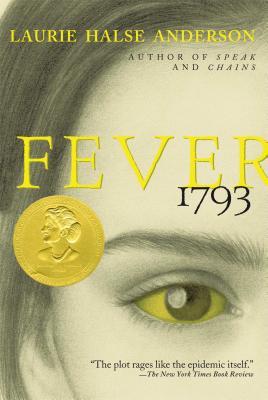
 About the Author:
About the Author: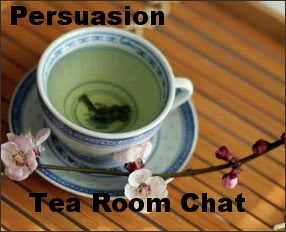


 About the Author:
About the Author:


 About the Author:
About the Author:


